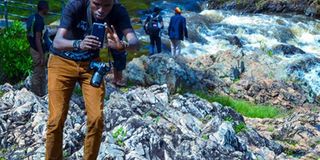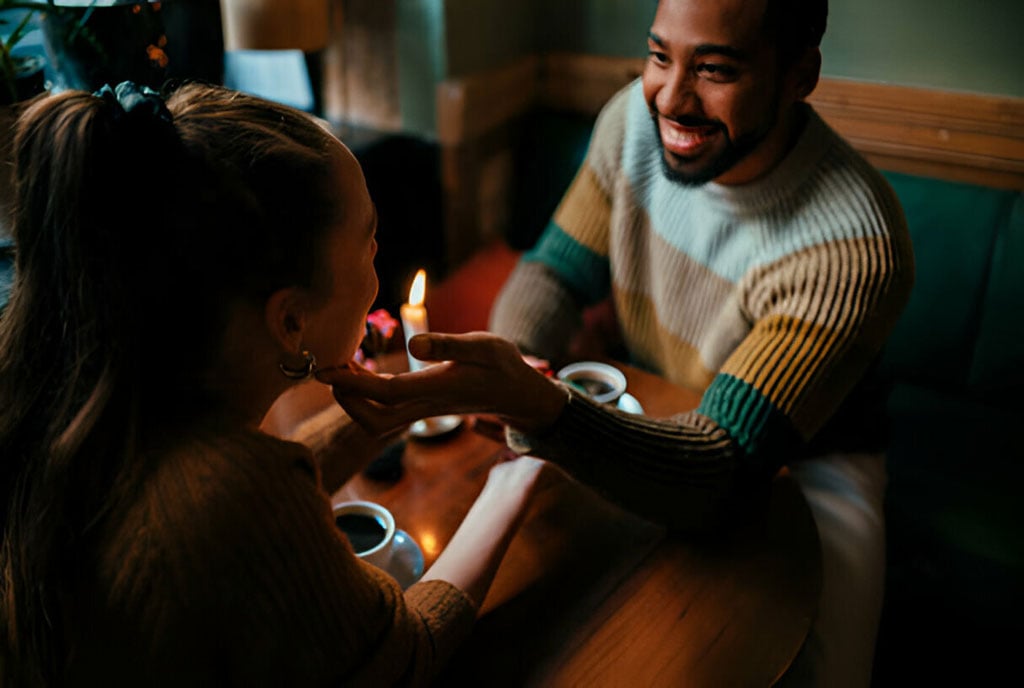Telling the Pearl of Africa story with pictures

Photographers captures the scenaries in Jinja District recently. PHOTO BY EDGAR BATTE
What you need to know:
Snap and share: A project dubbed # Koikoiug is promoting Uganda’s rich heritage by capturing and sharing sceneries and moments that define the country’s Pearl of African fame. David Oguttu, the brain behind the project gives more highlights, including his project in Jinja District last weekend. He shares his adventure with Edgar R Batte.
How was Jinja?
Jinja was so much fun.
How many photographers were there?
We were 15 photographers.
Were there some new faces from those that participated in the Kampala edition?
Nine of them were new while seven were from the Kampala edition.
What is the progress of the project?
Progress is good. It is picking up. People are buying into the dream and the number is growing.
How many towns are you planning to cover?
In the next 10 weeks, we are trying to see how to do more.
How big is your Kafunda Kreative team?
The core team comprises of people, but because Kafunda Kreative is a collaborative space and therefore we have people who are working on the Koikoiug project.
How many are those and who does what?
I am the team leader, Joan Nvannungi is a social media guru and Collin Asiimwe is our strategist. We also have Lynn plugging in to help with the website.
What happens after the photos are taken?
People upload the photos onto Instagram and for this challenge, we will turn those photos into a series of ads for the country.
How big is the database so far?
907 posts.
How do you choose good from bad photographs?
The idea is to give an honest depiction of Uganda. So the photos will be chosen by the team of filmmakers from 8mediapictures, which has a shared passion to promote the country, and have the skills to accomplish the task. They will compile them for the ad. As for now, everything goes online.
How do you compare Kampala and Jinja?
Kampala has a pulsating urban culture while Jinja is a lot more laid back. Jinja is so rich in history, a history that is easy to trace just by looking around.
In terms of photography, how do the two towns compare?
Jinja is an easier town to photograph because of its slow pace and more trusting population. In Kampala, everything is moving at a really fast pace and you only have a few seconds to capture the moments.
What was or is there to look out for in both towns?
Jinja has a lot of beautiful architecture. Kampala has more defined landmarks and the urban culture and combination of multiple cultures and religions makes it good to shoot.
Jinja sits like an old town and seems like a huge part of Ugandan history frozen in time, mostly through the architecture, and being able to see that and the peace and tranquillity that comes with is something to behold.
Kampala has a lot of mushrooming modern architecture punctuated by the scenery from the hilly terrain. Also, the juxtaposition of various classes right next to each other is something to look out for.
What power does photography hold?
Photography gives us the pleasure of focus. In a world where everything is moving at light speed, we have lost the ability to focus and with that the ability to internalise and appreciate. Photography gives us that ability. It allows us to zone out the speed, focus and appreciate. Photography also tells stories in a way words can’t. One photo can capture years of history and thousands of aspirations.
Are these the reasons you chose photography for the project?
Yes. We chose photography because it would give the people taking part in the campaign the ability to focus on the things that are beautiful about Uganda, transforming them into active ambassadors. It would help the people viewing the photos focus on the things that are beautiful, and in a world where we are continually bombarded with what is wrong with our country, this would remind us that there is a lot that is right too.
Also, a single photo would tell a story that a 500-word article could, except that in the fast-paced generation, it is easier to look at the photo than to sit and read the article.
Then there is also the matter of reach. If we are going to change the perceptions of Uganda abroad, Instagram, which has 300 million subscribers as of the last survey and is also connected by extension to the world’s largest social media platform, Facebook, maximising that reach is a good idea.
How much would you say you have achieved thus far?
Koikoi has started a lot of conversation, around things that are Ugandan, from people putting the conversation about National Rolex Day on the table, to discussions with game makers on how we can make Ugandan games, to different contributors putting up close to 1,000 photos and then there are the social media metrics. Six days ago, we had a reach of 626,572 and 1,265,568 impressions.
Why photography?
David Oguttu has heard so much negativity about motherland Uganda but he is convinced that there is so much good about the country that needs to be celebrated. With a camera and a couple of like-minded professionals, he set out to photograph different places and sceneries that earn motherland the affix, the Pearl of Africa, under his company, Kafunda Kreative. He named the local campaign #Koikoi and wants many photos taken and compiled into creating an ad about Uganda, by Ugandans.
About the project: Koikoi is a phrase that signals the beginning of a riddle. Oguttu says #Koikoiug in turn is a social media campaign to make the world more knowledgeable about the country and also to teach Ugandans to appreciate the beauty in their country. Just follow the hashtag.




